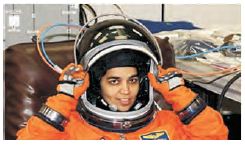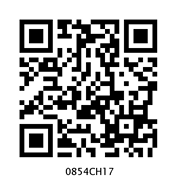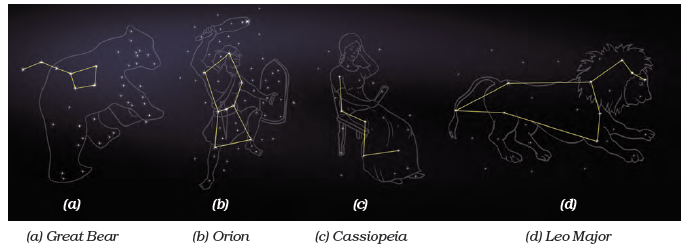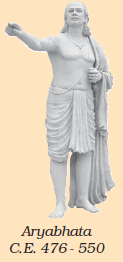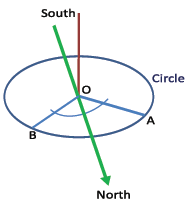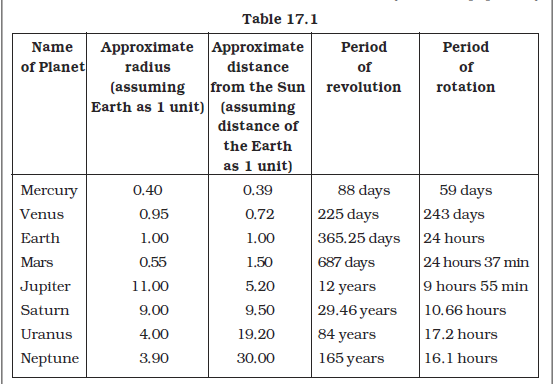Table of Contents

Stars and the Solar System
Paheli and Boojho visited their grandparents’ village during the summer break. After dinner, they went on to the roof of the house. It was a clear cloudless night. They were surprised to see a large number of bright stars in the sky. They had never seen such a beautiful scene in their city (Fig. 17.1).
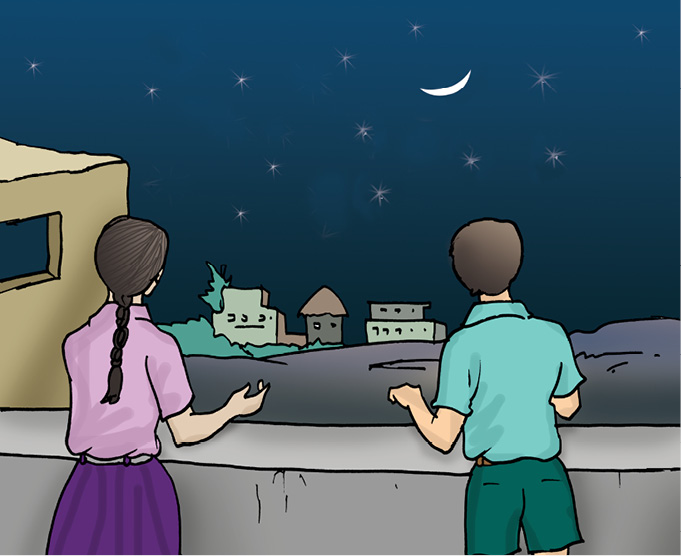
Paheli wondered, why the village sky was so different from the night sky in big cities? Her grandfather explained that due to bright light, smoke and dust, the sky in big cities is rarely clear.
He also identified some objects seen in the night sky and told stories associated with them. Night sky watching can be a fascinating experience at a place where there are no bright lights and the atmosphere is clear.
Look at the sky on a dark, clear night. You see the entire sky dotted with countless stars, some bright and some not so bright. Observe them carefully. Do all of them appear to twinkle? Do you find any star-like object which does not twinkle? The objects which do not twinkle are planets.
The moon is the brightest object in the night sky. The stars, the planets, the moon and many other objects in the sky are called celestial objects.
The study of celestial objects and associated phenomena is called astronomy. In acient India our ancestors performed methodical observations of sky. Their knowledge of astronomy was highly advanced for their time. Passage of the Sun, stars, moon and planets in the sky helped them to devise calenders and almanacs. These were often used by people in their day to day conduct and a better understanding of climate and rainfall patterns for timely sowing and choice of crops, fixing the dates of seasons and festivals.
Let us also make some observations of celestial objects and learn about them.
17.1 The Moon
Activity 17.1
Observe the moon continuously for several nights, preferably from one full moon to the next. Make a sketch of the moon every night in your note book and note the day from the day of the full moon. Also note everyday the part of the sky (east or west) in which the moon is seen.
Is there a change in the shape of the moon everyday? Are there days when the shape of the moon appears to be perfectly round? Are there days when the moon cannot be seen at all even if the sky is clear?
The day on which the whole disc of the moon is visible is known as the full moon day. Thereafter, every night the size of the bright part of the moon appears to become thinner and thinner. On the fifteenth day the moon is not visible. This day is known as the ‘new moon day’. The next day, only a small portion of the moon appears in the sky. This is known as the crescent moon. Then again the moon grows larger every day. On the fifteenth day once again we get a full view of the moon.
The various shapes of the bright part of the moon as seen during a month are called phases of the moon (Fig. 17.2). Phases of the moon play an important role in our social life. Almost all festivals in India are celebrated according to the phases of the moon. For example, Diwali is celebrated on the new moon day; Budh Poornima and Guru Nanak’s birthday are celebrated on full moon day; Maha Shivratri is celebrated on thirteenth night of waning moon; Eid-ul-Fitr is observed on the day following the sighting of crescent moon.
The time period between one full moon to the next full moon is slightly longer than 29 days. In many calendars this period is called a month.
Why does the moon change its shape every day?

Fig.17.2 : Phases of the moon
Let us try to understand why phases of the moon occur. You have studied in Chapter 16 that the moon does not produce its own light, whereas the Sun and other stars do. We see the moon because the sunlight falling on it gets reflected towards us (Fig. 17.3). We, therefore, see only that part of the moon, from which the light of the Sun is reflected towards us.
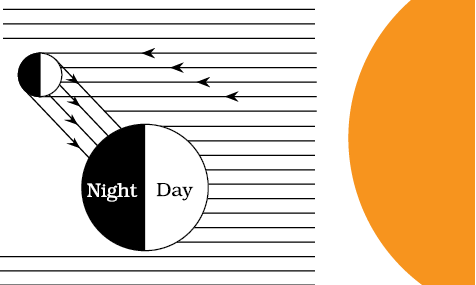
Fig. 17.3 : Moon is visible due to reflected sunlight
Activity 17.2
Take a big ball or a pitcher. Paint half of it white and half black.
Go out into the playground with two of your friends. Draw a circle of radius of about 2 m on the ground. Divide the circle into eight equal parts as shown in Fig. 17.4.
Stand at the centre of the circle. Ask a friend to hold the ball at different points of the circle. Ask her to keep the white portion of the ball always towards the Sun. If you are performing this activity in the morning then the white portion of the ball should be kept towards the east. If the activity is being performed in the afternoon then the white portion of the ball should be kept towards the west. In each case the line dividing the white and black portions is kept vertical.
Standing at the centre of the circle observe the visible white portion of the ball while your friend stands at the points on the circle marked earlier. Draw the shape of the white portion as you see it. Compare your drawings with the different phases of the moon as shown in Fig. 17.5.
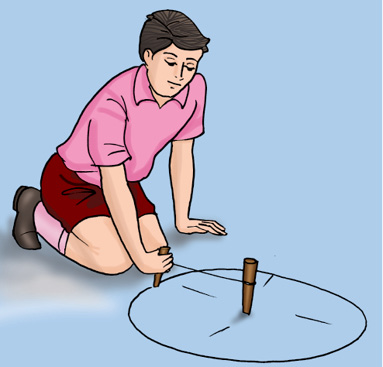
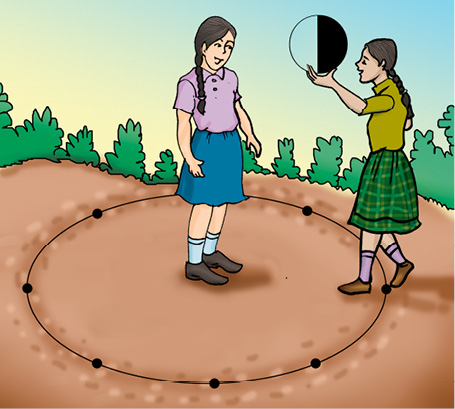
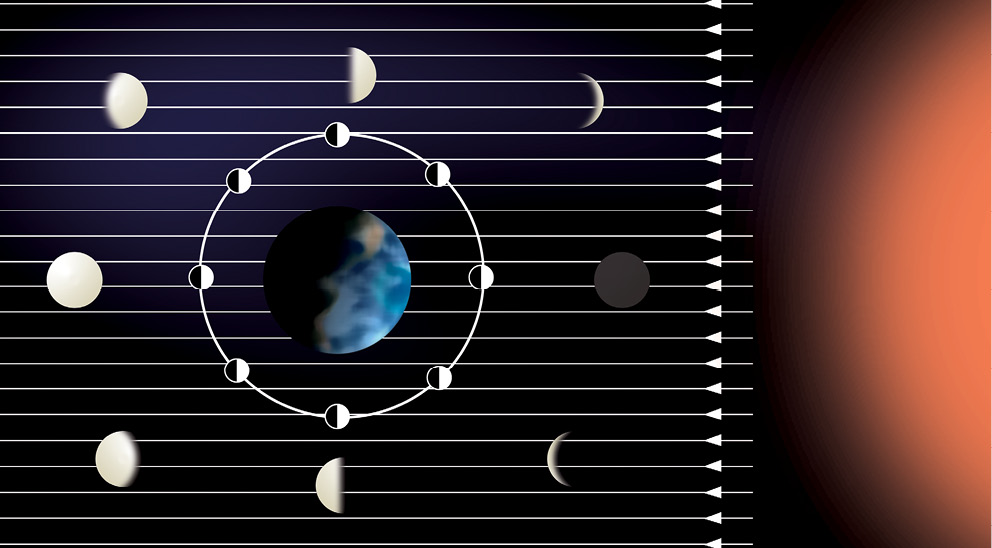
Fig. 17.5: Positions of the moon in its orbit and its corresponding phases
Remember that the moon revolves around the Earth. The Earth along with the moon, revolves around the Sun (Fig. 17.6).
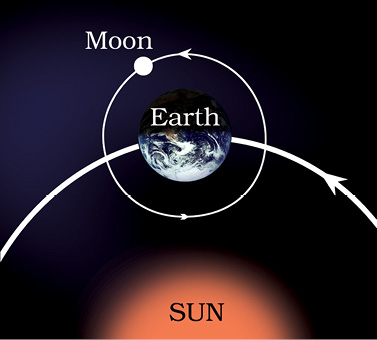
Can you now guess the relative positions of the Sun, moon and the Earth on the day of the full moon and on the day of the new moon? Sketch these positions in your notebook. In which part of the sky would you look for the full moon?
The size of the illuminated part of the moon visible from the Earth increases each day after the new moon day. After the full moon day, the sunlit part of the moon visible from the Earth decreases in size every day.
I have heard that we never see the back side of the moon from the Earth. Is it true?
Activity 17.3
Draw a circle of about 1m diameter on the ground. Ask one of your friends to stand at the centre of this circle. You revolve around your friend in such a manner that your face always remains towards him. Can your friend see your back? How many rotations did you complete in one revolution? The moon revolves around the Earth in a similar manner.
The moon completes one rotation on its axis as it completes one revolution around the Earth.
The Moon’s Surface
The moon is a fascinating object for poets and story-tellers. But when astronauts landed on the moon, they found that the moon’s surface is dusty and barren. There are many craters of different sizes. It also has a large number of steep and high mountains (Fig. 17.7). Some of these are as high as the highest mountains on the Earth.
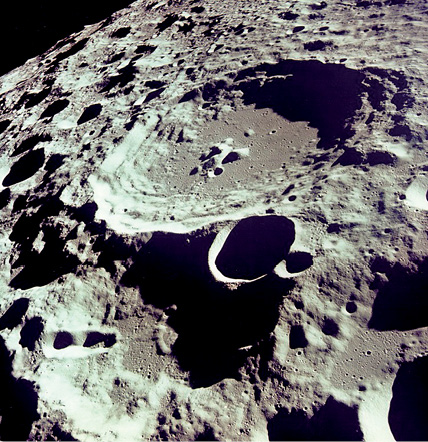
The moon has no atmosphere. It has no water. Can any life exist on the moon?
Can we hear any sound on the moon?
We learnt in Chapter 13 that sound cannot travel when there is no medium. Then, how can we hear any sound on the moon?
On July 21, 1969 (Indian time) the American astronaut, Neil Armstrong, landed on the moon for the first time. He was followed by Edwin Aldrin.
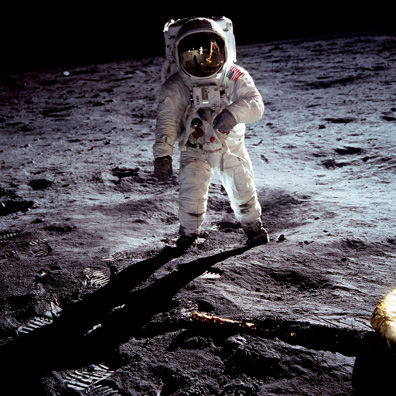
17.2 The Stars
What other objects do you see in the night sky? There is a large number of stars in the sky. Observe carefully on a dark night and from a place away from a big city. Are all the stars equally bright? Are they of the same colour? In fact, stars emit light of their own. The Sun is also a star. Why does it appear so large compared to the other stars?
Which appears bigger, a football placed near you, or a football placed at a distance of 100 m? The stars are millions of times farther away than the Sun. Therefore, the stars appear to us like points.
The Sun is nearly 150,000,000 kilometres (150 million km) away from the Earth. The next nearest star is Alpha Centauri. It is at a distance of about 40,000,000,000,000 km from the Earth. Can you read this distance in kilometres conveniently? Some stars are even further away. Such large distances are expressed in another unit known as light year. It is the distance travelled by light in one year. Remember that the speed of light is about 300,000 km per second. Thus, the distance of the Sun from the Earth may be said to be about 8 light minutes. The distance of Alpha Centauri is about 4.3 light years.
If light from stars takes years to reach us, I wonder if we are looking into the past when we look at stars.
I want to know why we do not see the stars during the day. Why are they visible only at night?
In fact, the stars are present in the sky during the day-time also. However, they are not visible then because of the bright sunlight.
Observe some prominent star or a group of stars in the sky for about two hours or more. What do you find? Do you find any change in the positions of stars in the sky?
You will find that the stars appear to move from east to west. A star which rises in the east in the evening, sets in the west in the early morning.
Why do stars appear to move from east to west? Let us find out.
Activity 17.4
Stand in the centre of a big room and start rotating. In which direction will the objects in the room appear to move? Do you see them moving in the direction opposite to your motion?
Paheli recalls that when she is in a moving train the nearby trees and buildings appear to move in the backward direction.
If the stars appear to move from east to west, could it mean that the Earth, rotates from west to east?
Now I understand why the Sun appears to rise in the east and set in the west as the Earth rotates from west to east on its axis.
My grandfather told me that there is one star in the sky which does not move at all. How is it possible?
Activity 17.5
Take an umbrella and open it. Make about 10-15 stars out of white paper. Paste one star at the position of the central rod of the umbrella and others at different places onthe cloth near the end of each spoke (Fig. 17.9).
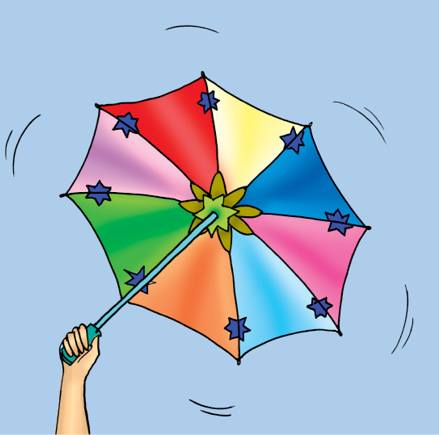
Fig. 17.9 : Pole star does not appear to move
Now rotate the umbrella by holding its central rod in your hand. Observe the stars on the umbrella. Is there any star which does not appear to move? Where is this star located?
If there were a star located where the axis of rotation of the Earth meets the sky, could this star also be stationary?
There is actually a star, the pole star, which is situated in the direction of the earth’s axis. It does not appear to move (Fig. 17.10).

17.3 Constellations
Look at the sky for some time. Can you see some stars forming groups with shapes like those in Fig. 17.11.
The stars forming a group that has a recognisable shape is called a constellation.
Constellations were devised by ancient people to be able to recognise stars in the sky. The shapes of constellations resemble objects familiar to those people.
You can easily identify some constellations in the night sky. For this, you should know what a particular constellation looks like and where to look for it in the night sky.
One of the most famous constellations which you can see during summer time in the early part of the night is Ursa Major [Fig.17.11 (a)].
Fig. 17.11 : Some constellations in the night sky
It is also known as the Big Dipper, the Great Bear or the Saptarshi.
There are seven prominent stars in this constellation. It appears like a big ladle or a question mark. There are three stars in the handle of the ladle and four in its bowl(Fig. 17.12).
In all ancient cultures, very interesting mythological stories have been associated with the various constellations.
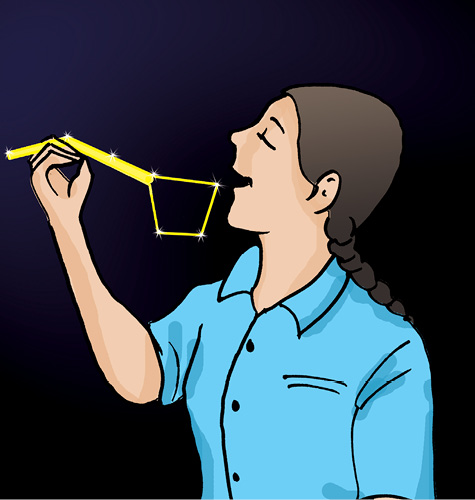
Fig. 17.12: Dipper used for drinking water in ancient times
Activity 17.6
Observe this constellation for a few hours. Do you find any change in its shape? Do you find any change in its position?I have heard that we can locate the Pole Star with the help of Ursa Major.
Ursa Major (Saptarshi) Saptarshi has been associated with seven well known ancient Indian sages, or rishis, as shown in the figure below. According to ancient mythology, the seven sages who form the Saptarshi, preserve the eternal knowledge of Vedas and explain it to people in every new age.
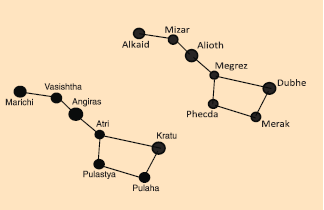
Activity 17.7
This activity should be performed on a clear moonless night during summer at about 9.00 pm. Look towards the northern part of the sky and identify Ursa Major. You may get help from elders in your family. Look at the two stars at the end of Ursa Major. Imagine a straight line passing through these stars as shown in Fig. 17.13. Extend this imaginary line towards the north direction. (About five times the distance between the two stars.) This line will lead to a star which is not too bright. This is the Pole star. Observe the Pole star for some time. Note that it does not move at all as other stars drift from east to west.
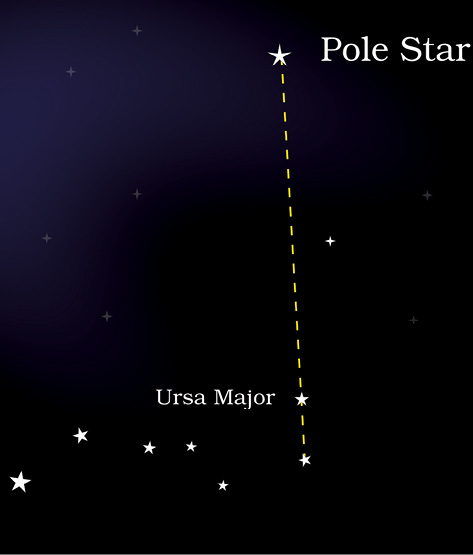
Activity 17.8
During a summer night, observe Ursa Major 3-4 times at an interval of 2 to 3 hours. Also locate the Pole star each time. Does Ursa Major appear to move from east to west? Does it appear to revolve around the Pole star? Compare your observations with those in Fig. 17.14.
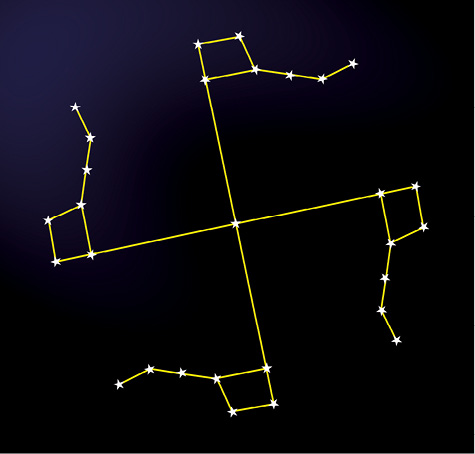
Fig. 17.14: Ursa Major moves around the Pole star
In fact, all the stars appear to revolve around the Pole star.
Note that the Pole star is not visible from the southern hemisphere. Some of the northern constellations like Ursa Major may also not be visible from some points in the southern hemisphere.
Orion is another well-known constellation that can be seen during winter in the late evenings. It is one of the most magnificent constellations in the sky. It also has seven or eight bright stars [Fig. 17.11(b)] Orion is also called the Hunter. The three middle stars represent the belt of the hunter. The four bright stars appear to be arranged in the form of a quadrilateral.
The star Sirius, which is the brightest star in the sky, is located close to Orion. To locate Sirius, imagine a straight line passing through the three middle stars of Orion. Look along this line towards the east. This line will lead you to a very bright star. It is Sirius. (Fig. 17.15).
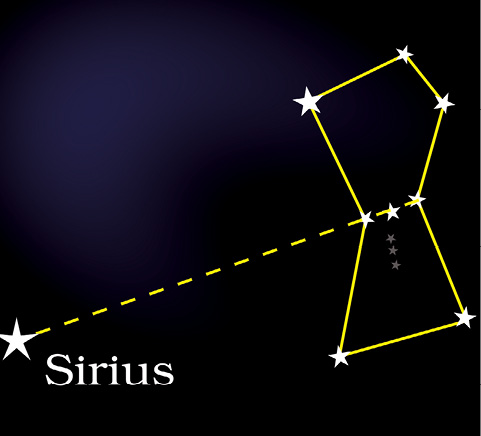
Fig. 17.15: Locating - Sirius
Cassiopeia is another prominent constellation in the northern sky. It is visible during winter in the early part of the night. It looks like a distorted letter W or M [Fig. 17.11(c)].
Did you know?
A constellation does not have only 5-10 stars. It has a large number of stars (Fig. 17.16). However, we can see only the bright stars in a constellation with our naked eye.
All the stars which make up a constellation are not at the same distance. They are just in the same line of sight in the sky.
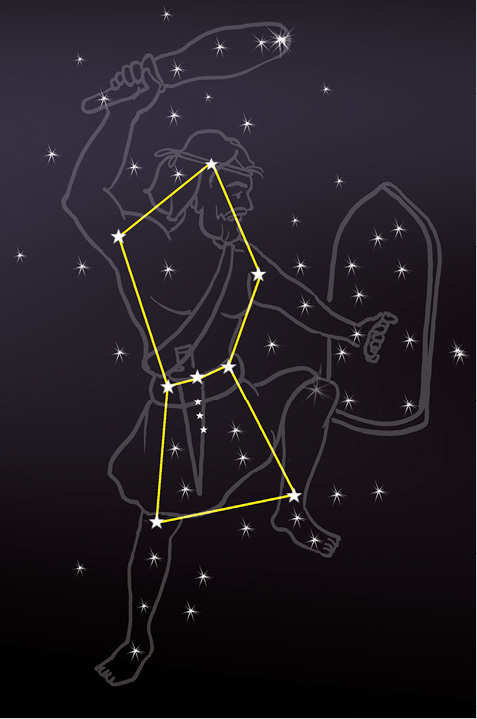
17.4 The Solar System
The Sun and the celestial bodies which revolve around it form the solar system. It consists of large number of bodies such as planets, comets, asteroids and meteors. The gravitational attraction between the Sun and these objects keeps them revolving around it.
The Earth, as you know, also revolves around the Sun. It is a member of the solar system. It is a planet. There are seven other planets that revolve around the Sun. The eight planets in their order of distance from the Sun are: Mercury, Venus, Earth, Mars, Jupiter, Saturn, Uranus and Neptune.
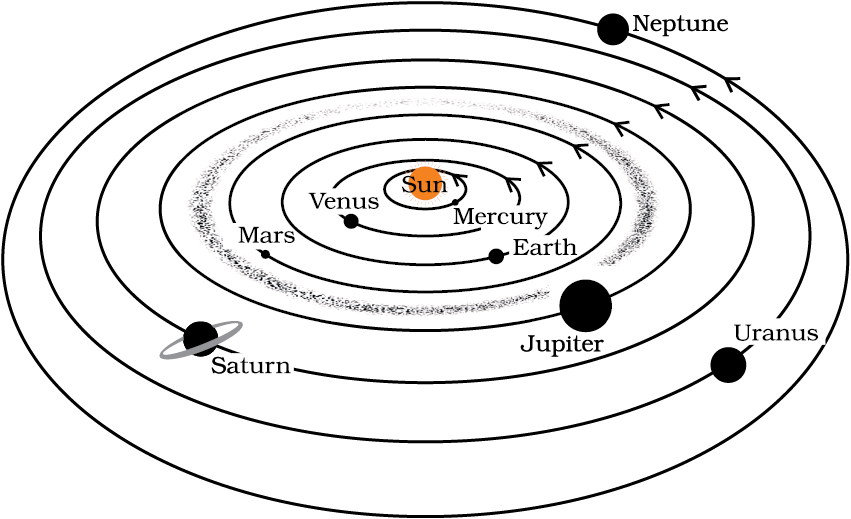
Figure 17.17 shows a schematic view of the solar system.
I had read that there are nine planets in the solar system
Did you know?
Till 2006 there were nine planets in the solar system. Pluto was the farthest planet from the Sun.
In 2006, the International Astronomical Union (IAU) adopted a new definition of a planet. Pluto does not fit this definition. It is no longer a planet of the solar system.
Let us know about some members of the solar family.
The Sun
The Sun is the nearest star from us. It is continuously emitting huge amounts of heat and light. The Sun is the source of almost all energy on the Earth. In fact, the Sun is the main source of heat and light for all the planets.
The Planets
The planets look like stars, but they do not have light of their own. They merely reflect the sunlight that falls on them. Can you distinguish between planets and stars?
The simplest method of identifying planets from stars is that stars twinkle, whereas planets do not. Also the planets keep changing their positions with respect to the stars.
A planet has a definite path in which it revolves around the Sun. This path is called an orbit. The time taken by a planet to complete one revolution is called its period of revolution. The period of revolution increases as the distance of the planet increases from the sun.
I wonder why the planets do not collide while revolving around the Sun.
Activity 17.9
Go out into the playground with four or five of your friends. Draw four circles of radii 1m, 1.8m, 2.5m and 3.8m, all having a common centre (Fig. 17.18).
Ask one of your friends to stand in the centre and represent the Sun. Your other four friends may represent Mercury, Venus, Earth and Mars.
Ask your friends to move around the Sun in anti-clockwise direction in their own orbits (Fig. 17.18). Do they collide with one another?
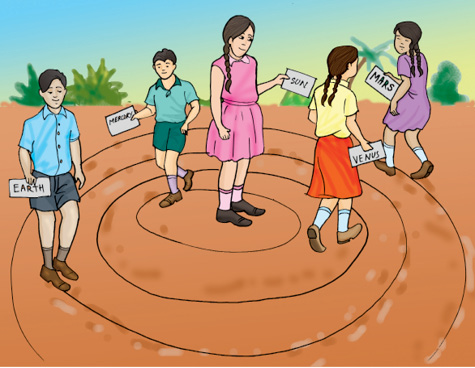
Fig. 17.18 : Planets move in their own orbits
Besides revolving around the Sun, a planet also rotates on its own axis like a top (Fig. 17.19). The time taken by a planet to complete one rotation is called its period of rotation.
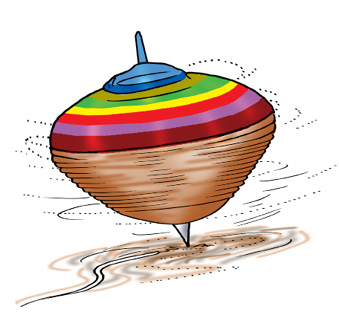
Some planets are known to have moons/satellites revolving round them. Any celestial body revolving around another celestial body is called its satellite.
The Earth revolves around the Sun. Does it make Earth a satellite of the Sun?
There are many man-made satellites revolving round the Earth. These are called artificial satellites.
Astronomy in Ancient India
The practice of astronomy in ancient India is mentioned in Rig Veda which was composed about 4000 years ago.
Many Indian scholars have contributed to astronomy. One of the most well known astronomers is Aryabhata. The work of Aryabhata on astronomy can be found in his writing ‘Aryabhatiya’. He wrote it in 499 CE at the age of 23 years. The diameter of the Earth as stated by Aryabhata is close to its presently known value. Disregarding the popular view that Earth is ‘achala’ (immovable), Aryabhata stated that Earth is sphere and rotates on its own axis. His estimate about the sidereal period of Earth was 23 hours, 56 minutes and 4.1 seconds, which is very close to the presently known value. He also correctly stated that the moon and the planets shine due to reflected sunlight. He also gave a scientific explanation for solar and lunar eclipses. When the shadow of the Earth falls on the moon, it causes lunar eclipse. When the shadow of the moon falls on the Earth, it causes solar eclipse. Aryabhata also found the distance between the Earth and the moon, which is very close to the known value today.
Mercury (Budh)
The planet mercury is nearest to the Sun. It is the smallest planet of our solar system. Because Mercury is very close to the Sun, it is very difficult to observe it, as most of the time it is hidden in the glare of the Sun. However, it can be observed just before sunrise or just after sunset, near the horizon. So it is visible only at places where trees or buildings do not obstruct the view of the horizon. Mercury has no satellite of its own.
Venus (Shukra)
Venus is earth’s nearest planetary neighbour. It is the brightest planet in the night sky.
Activity 17.10
Find out from some newspaper or from an almanac the time when Venus is visible in the sky. You can easily recognise Venus by its brightness. Remember that Venus cannot be seen very high in the sky. You must try to observe Venus either 1-3 hours before sunrise or 1-3 hours after sunset.
Venus has no moon or satellite of its own. Rotation of Venus on its axis is somewhat unusual. It rotates from east to west while the Earth rotates from west to east.
Does it mean that on Venus, the Sun would rise in the west and set in the east?
If you get a chance, try to observe Venus through a telescope. You will observe that Venus shows phases just like the moon (Fig. 17.20).
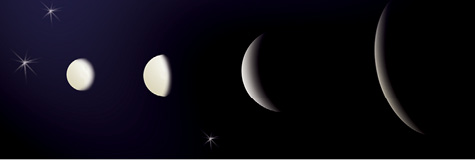
Fig. 17.20 : Phases of Venus
The Earth (Prithvi)
The Earth is the only planet in the solar system on which life is known to exist. Some special environmental conditions are responsible for the existence and continuation of life on the Earth. These include just the right distance from the Sun, so that it has the right temperature range, the presence of water and suitable atmosphere and a blanket of ozone.
We must take special care to protect our environment so that life on Earth is not disturbed.
The axis of rotation of the Earth is not perpendicular to the plane of its orbit. The tilt is responsible for the change of seasons on the Earth. The Earth has only one moon.
If I am 13 years old, how many times have I gone round the sun?
Mars (Mangal)
The next planet, the first outside the orbit of the Earth is Mars. It appears slightly reddish and, therefore, it is also called the red planet. Mars has two small natural satellites.
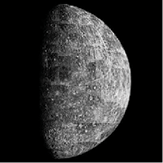
Jupiter (Brihaspati)
Jupiter is the largest planet of the solar system. It is so large that about 1300 earths can be placed inside this giant planet. However, the mass of Jupiter is about 318 times that of our Earth. It rotates very rapidly on its axis.
You are familiar with the equator of the Earth. The plane of the equator is called the equatorial plane (Fig. 17.21). The plane in which the Earth revolves round the Sun is called the orbital plane of the Earth (Fig. 17.21). These two planes are inclined to each other at an angle of 23.5º. This means that the axis of the Earth is inclined to its orbital plane at an angle of 66.5º.
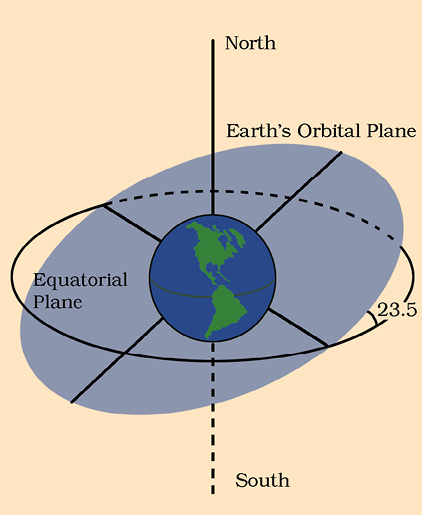
I have an idea! If you take a large ball which can accommodate about 1300 peas, then the ball will represent Jupiter and one pea will represent the Earth.
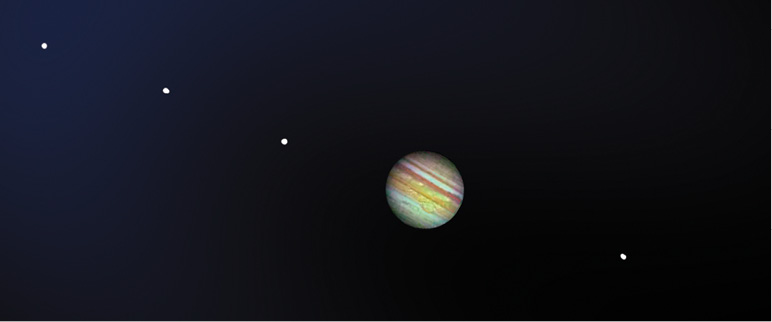
Jupiter has a large number of satellites. It also has faint rings around it. You can easily recognise Jupiter as it appears quite bright in the sky. If you observe it with the help of a telescope, you can also see four of its large moons (Fig. 17.22)

Saturn (Shani)
Beyond Jupiter is Saturn which appears yellowish in colour. What makes it unique in the solar system is its beautiful rings. These rings are not visible with the naked eye. You can observe them with a small telescope. Saturn also has a large number of satellites.
One interesting thing about Saturn is that it is the least dense among all the planets. Its density is less than that of water.
Uranus and Neptune
These are the outermost planets of the solar system. They can be seen only with the help of large telescopes. Like Venus, Uranus also rotates from east to west. The most remarkable feature of Uranus is that it has highly tilted rotational axis (Fig. 17.24). As a result, in its orbital motion it appears to roll on its side.
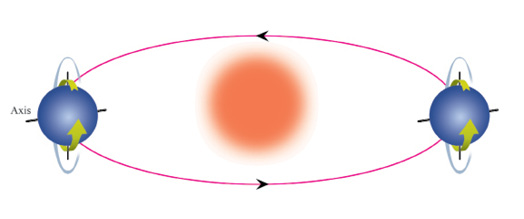
Fig. 17.24 : Uranus in its orbital path
The first four planets, Mercury, Venus, Earth and Mars are much nearer the Sun than the other four planets. They are called the inner planets. The inner planets have very few moons.
The planets outside the orbit of Mars, namely Jupiter, Saturn, Uranus and Neptune are much farther off than the inner planets. They are called the outer planets. They have a ring system around them. The outer planets have large number of moons.
17.5 Some Other Members of the Solar System
There are some other bodies which revolve around the Sun. They are also members of the solar system. Let us learn about some of them.
Asteroids
There is a large gap in between the orbits of Mars and Jupiter (Fig. 17.25). This gap is occupied by a large number of small objects that revolve around the Sun. These are called asteroids. Asteroids can only be seen through large telescopes.
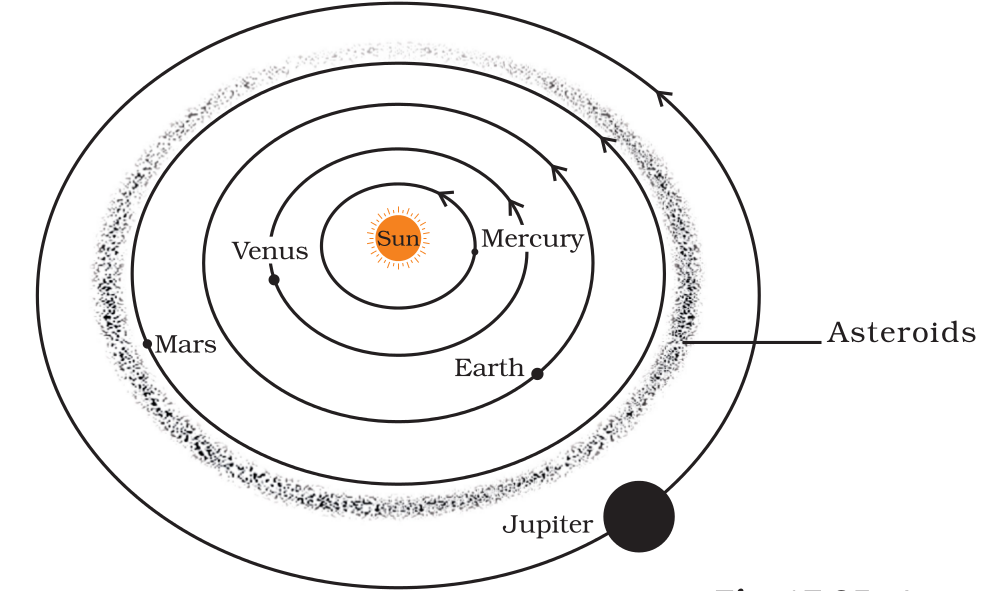
Fig. 17.25 : The Asteroid belt
Comets
Comets are also members of our solar system. They revolve around the Sun in highly elliptical orbits. However, their period of revolution round the Sun is usually very long. A Comet appears generally as a bright head with a long tail. The length of the tail grows in size as it approaches the sun. The tail of a comet is always directed away from the sun (Fig. 17.26).
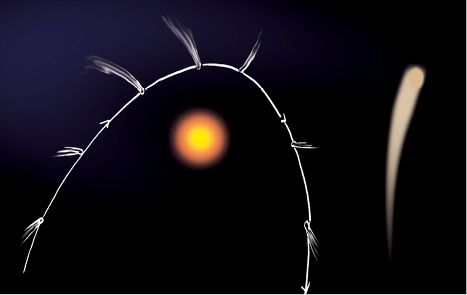
Fig. 17.26 : Different position of a Comet
Superstitions about the Comets
Some people think that comets are messengers of disasters, such as wars, epidemics and floods. But these are all myths and superstitions. Appearance of a comet is a natural phenomenon. We have no reason to be afraid of it.
Meteors and Meteorites
At night, when the sky is clear and the moon is not there, you may sometimes see bright streaks of light in the sky (Fig. 17.27). These are commonly known as shooting stars, although they are not stars. They are called meteors. A meteor is usually a small object that occasionally enters the earth’s atmosphere. At that time it has a very high speed. The friction due to the atmosphere heats it up. It glows and evaporates quickly. That is why the bright steak lasts for a very short time.
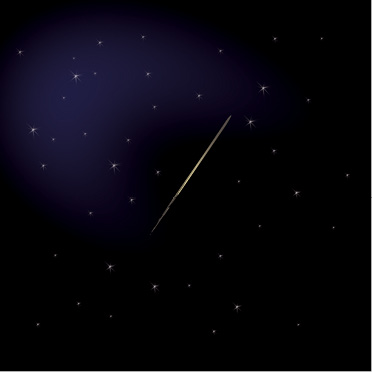
Fig. 17.27 : Streak of a Meteor
Some meteors are large and so they can reach the Earth before they evaporate completely. The body that reaches the Earth is called a meteorite. Meteorites help scientists in investigating the nature of the material from which the solar system was formed.
Meteor Showers
When the Earth crosses the tail of a comet, swarms of meteors are seen. These are known as meteor showers. Some meteor showers occur at regular intervals each year. You can find the time of their appearance from a scientific magazine or from the internet.
Artificial Satellites
You must have heard that there are a number of artificial satellites which are orbiting the Earth. You might wonder how artificial satellites are different from natural satellites. Artificial satellites are man-made. They are launched from the Earth. They revolve around the Earth much closer than earth’s natural satellite, the moon.
India has built and launched several artificial satellites. Aryabhata was the first Indian satellite. Some other Indian satellites are INSAT, IRS, Kalpana-1, EDUSAT, etc. (Fig. 17.28).
Artificial satellites have many practical applications. They are used for forecasting weather, transmitting television and radio signals. They are also used for telecommunication and remote sensing.
I want to tell you that by remote sensing we mean collecting information from a distance.
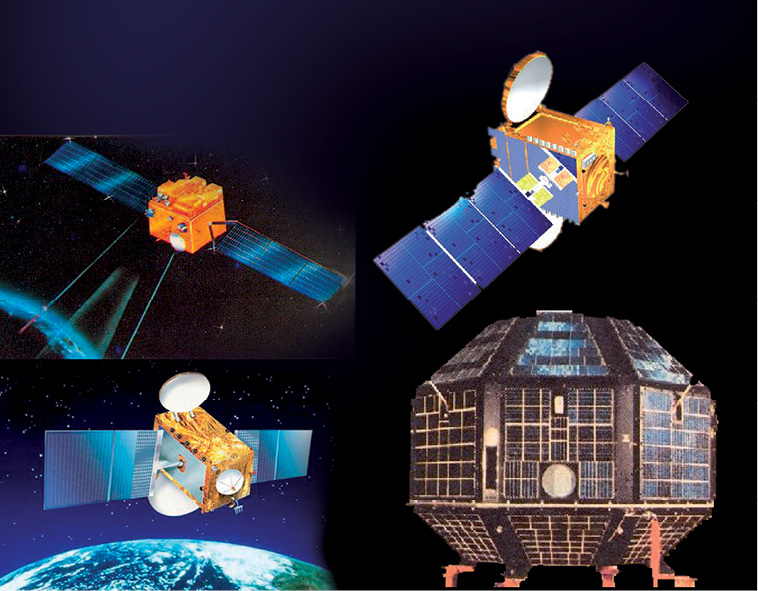
Fig. 17.28 : Some Indian satellites
Artificial satellites
asteroids
cassiopeia
celestial objects
comets
constellations
light year
meteorites
meteors
natural satellites
orbit
orion
phases of moon
planets
pole star
remote sensing
solar system
stars
ursa major
What you have learnt
- The phases of the moon occur because we can see only that part of themoon which reflects the light of the Sun towards us.
- Stars are celestial bodies that emit light of their own. Our sun is also a star.
- It is convenient to express distances of stars in light years.
- Stars appear to move from east to west.
- The pole star appears to be stationary from the Earth, because it is situated close to the direction of the axis of rotation of the Earth.
- Constellations are groups of stars that appear to form recognisable shapes.
- The solar system consists of eight planets and a host of asteroids, comets and meteors.
- A body revolving around another body is called a satellite.
- Moon is the natural satellite of the Earth. Some planets also have natural satellites.
- Venus is the brightest planet in the night sky.
- Jupiter is the largest planet of the solar system.
- The artificial satellites revolve around the Earth. They are much closer than the moon.
- Artificial satellites are used for weather forecasting, long distance communication and remote sensing.
Exercises
Choose the correct answer in Questions 1-3.
1. Which of the following is NOT a member of the solar system?
(a) An asteroid
(b) A satellite
(c) A constellation
(d) A comet
2. Which of the following is NOT a planet of the sun?
(a) Sirius
(b) Mercury
(c) Saturn
(d) Earth
3. Phases of the moon occur because
(a) we can see only that part of the moon which reflects light
towards us.
(b) our distance from the moon keeps changing.
(c) the shadow of the Earth covers only a part of the moon’s surface.
(d) the thickness of the moon’s atmosphere is not constant.
4. Fill in the blanks.
(a) The planet which is farthest from the Sun is ____________ .
(b) The planet which appears reddish in colour is ____________ .
(c) A group of stars that appear to form a pattern in the sky is known as a ____________ .
(d) A celestial body that revolves around a planet is known as __________.
(e) Shooting stars are actually not ____________.
(f) Asteroids are found between the orbits of _________ and _________ .
5. Mark the following statements as true (T) or false (F).
(a) Pole star is a member of the solar system. ( )
(b) Mercury is the smallest planet of the solar system. ( )
(c) Uranus is the farthest planet in the solar system. ( )
(d) INSAT is an artificial satellite. ( )
(e) There are nine planets in the solar system. ( )
(f) Constellation Orion can be seen only with a telescope. ( )
6. Match items in column A with one or more items in column B.

7. In which part of the sky can you find Venus if it is visible as an evening star?
8. Name the largest planet of the solar system.
9. What is a constellation? Name any two constellations.
10. Draw sketches to show the relative positions of prominent stars in
(a) Ursa Major and (b) Orion
11. Name two objects other than planets which are members of the solar system.
12. Explain how you can locate the Pole Star with the help of Ursa Major.
13. Do all the stars in the sky move? Explain.
14. Why is the distance between stars expressed in light years? What do you understand by the statement that a star is eight light years away from the Earth?
15. The radius of Jupiter is 11 times the radius of the Earth. Calculate the ratio of the volumes of Jupiter and the Earth. How many Earths can Jupiter accomodate?
16. Boojho made the following sketch (Fig. 17.29) of the solar system. Is the sketch correct? If not, correct it.
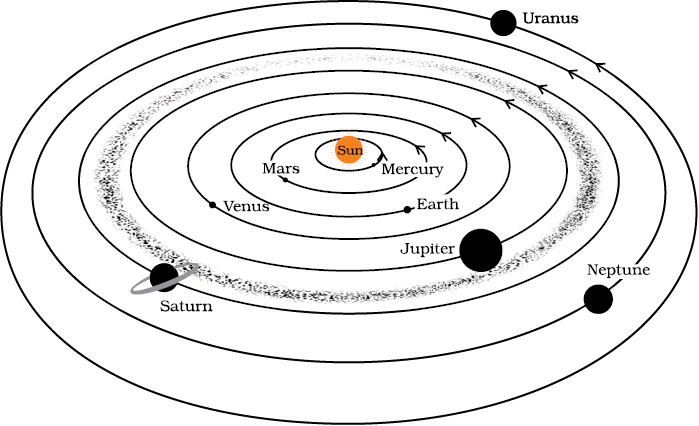
Fig. 17.29
Extended Learning — Activities and Projects
1. The North-South line at your place Let us learn to draw the north-south line with the help of the shadow of a stick. Fix a straight stick vertically in the ground where the Sun can be seen for most of the day. Call the foot of the stick as point O. Sometime in the morning, mark the tip of the shadow of the stick. Say this point is A. With OA as radius draw a circle on the ground. Wait till the shadow becomes shorter and then starts increasing in size. When the shadow again touches the circle, mark it as point B. Draw the bisector of the angle AOB. This is your North-South line. To decide which side of this line shows North, use a magnetic compass.
2. If possible, visit a planetarium. There are planetariums in many cities. In a planetarium you can see the motion of the stars, constellations and planets on a large dome.
3. On a moonless night observe the sky for a few hours. Look out for a meteor, which appears as a streak of light. September-November is a good time for observing meteors.
4. Learn to identify the planets visible to the naked eye and some prominent constellations such as Great Bear (Saptarshi) and Orion. Also try to locate the Pole Star and the star Sirius.
5. Position of the rising Sun – Uttarayan and Dakshinayan: This activity may last for several weeks. Choose a place from where eastern horizon is clearly visible. Choose also a marker, such as a tree or an electric pole, to mark the position of the rising Sun. It will be sufficient if you take the observation once every week. On any day, note down the direction of the rising Sun. Repeat this observation every week. What do you find? You would have noted that the point of sunrise changes continuously. From summer solstice (around 21 June), the point of sunrise gradually shifts towards the south. The Sun is then said to be in dakshinayan (moving south). It keeps doing so till winter solstice (around 22 December). Thereafter, the point of sunrise changes direction and starts moving towards north. The Sun is now said to be in uttarayan (moving north). From the equator, only on two days, on the days of the equinoxes (around 21 March and 23 September) the Sun rises in the east. On all other days, it rises either north of east or south of east. So, the direction of the rising Sun is not a good guide to determine directions. The Pole Star, which defines North, is a much better indicator of directions.
6. Form a group of students. Prepare a model of the solar system showing the planets, and their relative sizes. For this take a large chart paper. Make spheres representing different planets according to their relative size (Use Table 17.1). You may use newspaper, clay or plasticine to make spheres. You can cover these spheres with paper of different colours. Exhibit your models in the class.
7. Try to make a scale model of the solar system showing distances of the planets from the Sun (Use Table 17.1). Did you face any difficulty? Explain it.
8. Solve the following riddle and try to make similar riddles yourself:
My first is in VAN but not in PAN
My second is in EARTH and also in HEAVEN
My third is in ONE and not in TWO
My fourth is in BUN and also in FUN
My last is in STAR but not in RADAR
I am a planet that moves round the Sun.
You can read more on the following websites :
l http://www.nineplanets.org
l http://www.kidsastronomy.com
Did You Know ?
In ancient times, it was believed that the Earth was at the centre of the universeand the moon, the planets, the Sun and stars were orbiting around it. About 500 years ago, a Polish priest and astronomer, named Nicolaus Copernicus (1473 – 1543), stated that the Sun was at the centre of the solar system and the planets revolved around it. It was a revolutionary idea. Even Copernicus hesitated to publish his work. His work was published in the year of his death in 1543.
In 1609, Galileo designed his own telescope. Through this telescope Galileoobserved moons of Jupiter, phases of Venus and rings of Saturn. He argued that all the planets must orbit the Sun and not the Earth.
Thus you can see that ideas and concepts grow and change. How about your own ideas? Do you keep your mind open to accept new ideas when there is good evidence to support it?
